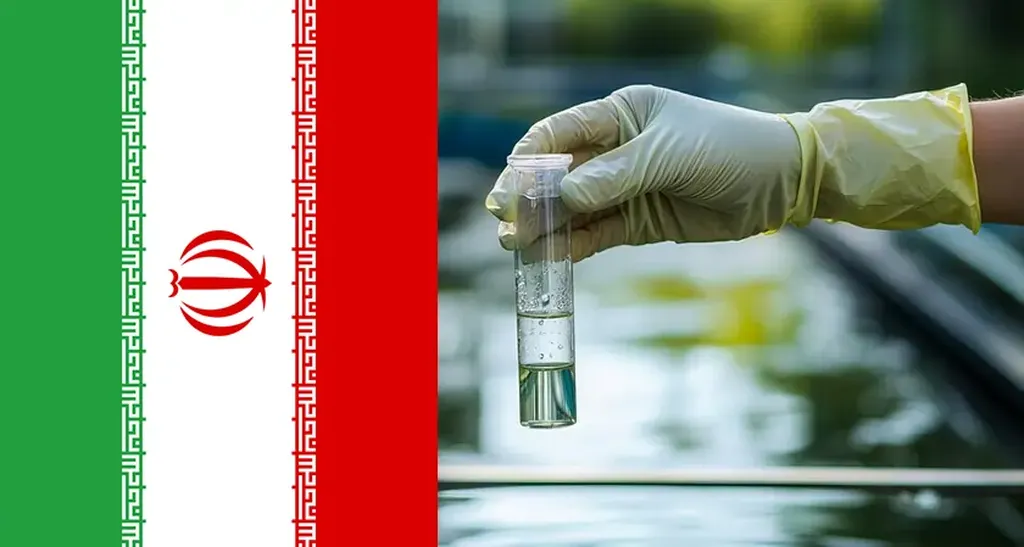In the quest for more efficient and sustainable water treatment solutions, researchers have made a significant stride by enhancing the performance of composite membranes. A recent study, led by Fatemeh Badavar from the Department of Chemical Engineering at Golestan University in Iran, explores the potential of MXene and ZnO nanoparticles in boosting the antifouling and antibacterial properties of polymeric membranes. Published in *Applied Surface Science Advances* (which translates to *Advances in Applied Surface Science*), this research could have profound implications for the energy sector, particularly in water treatment and desalination processes.
The study focuses on the surface modification of PES/PVA composite membranes, which are commonly used in ultrafiltration applications. By incorporating MXene and ZnO nanoparticles, the researchers aimed to improve the membranes’ water flux, antifouling behavior, and antibacterial performance. The results are promising: the optimized PES/PVA-MXene membrane achieved a water flux of 360.6 L/m²·h, more than three times higher than that of pristine PES membranes (108.6 L/m²·h). This significant improvement in water flux is a game-changer for industries relying on efficient water treatment processes.
“Our findings demonstrate the synergistic potential of hybrid nanomaterials in developing next-generation ultrafiltration membranes,” said Badavar. “The enhanced water affinity and interfacial interactions induced by MXene and ZnO incorporation open up new avenues for more effective water treatment solutions.”
The study also revealed that the optimized membrane exhibited an impressive flux recovery rate (FRR) of 89.3% and a BSA rejection rate of 94.7%, indicating superior antifouling behavior. These properties are crucial for maintaining the long-term efficiency and cost-effectiveness of water treatment systems. The incorporation of PEG further facilitated improved porosity and permeability, making the membranes more robust and efficient.
Molecular dynamics (MD) simulations confirmed the enhanced water affinity and interfacial interactions, providing a deeper understanding of the underlying mechanisms. This combined experimental and computational approach offers a comprehensive view of the membrane’s performance and its potential for real-world applications.
The implications of this research extend beyond water treatment. In the energy sector, efficient water treatment is vital for processes such as cooling systems, steam generation, and wastewater management. The development of advanced membranes with superior antifouling and antibacterial properties can lead to more sustainable and cost-effective operations, reducing downtime and maintenance costs.
As the demand for clean water continues to grow, the need for innovative solutions becomes increasingly urgent. This research highlights the potential of hybrid nanomaterials in addressing these challenges, paving the way for more efficient and sustainable water treatment technologies. The findings could shape future developments in the field, driving advancements in membrane technology and contributing to a more sustainable future.
In the words of Badavar, “The integration of nanomaterials into membrane technology represents a significant step forward in our quest for more efficient and sustainable water treatment solutions.” This research not only advances our understanding of membrane performance but also opens up new possibilities for the energy sector, making it a crucial contribution to the field.

